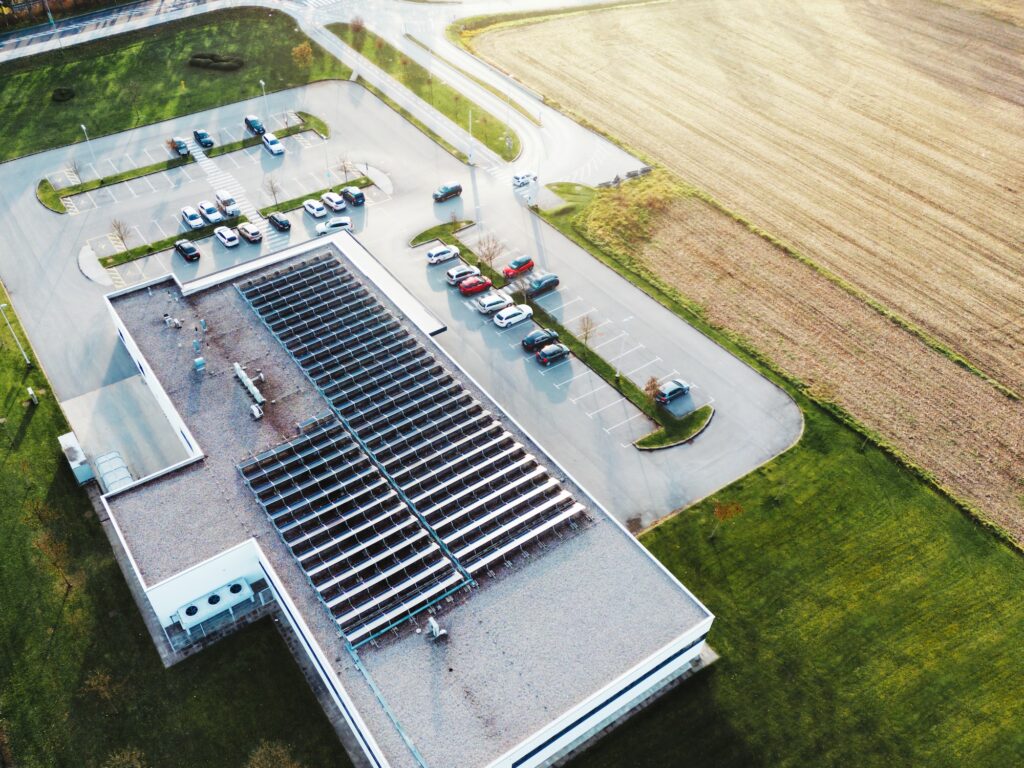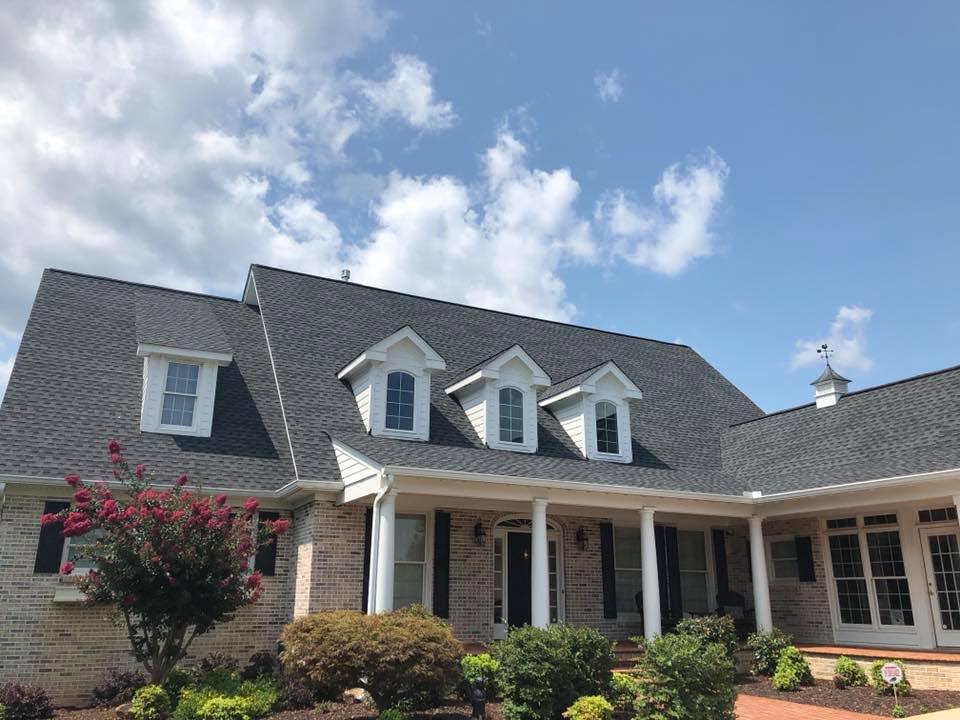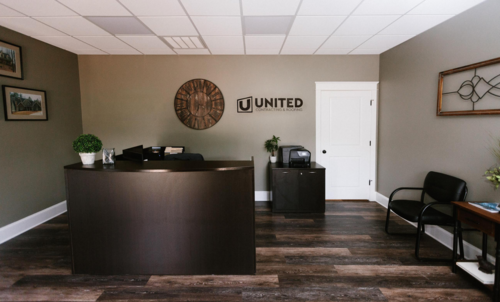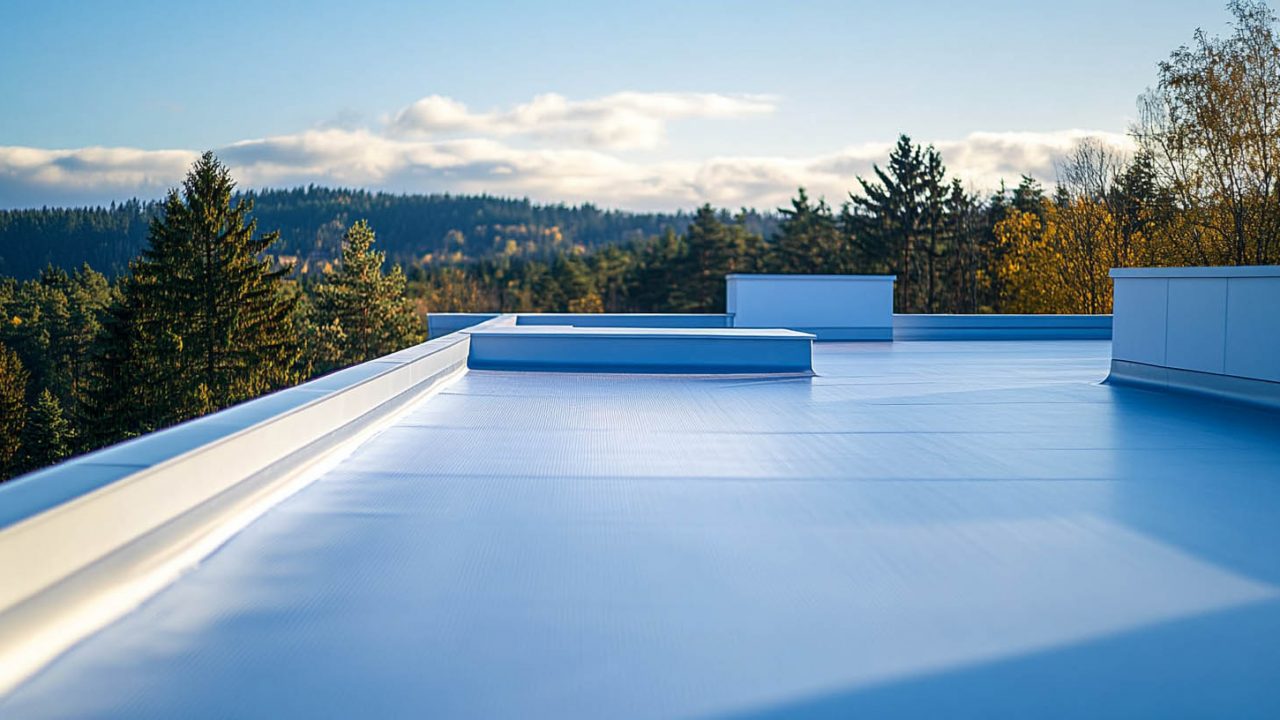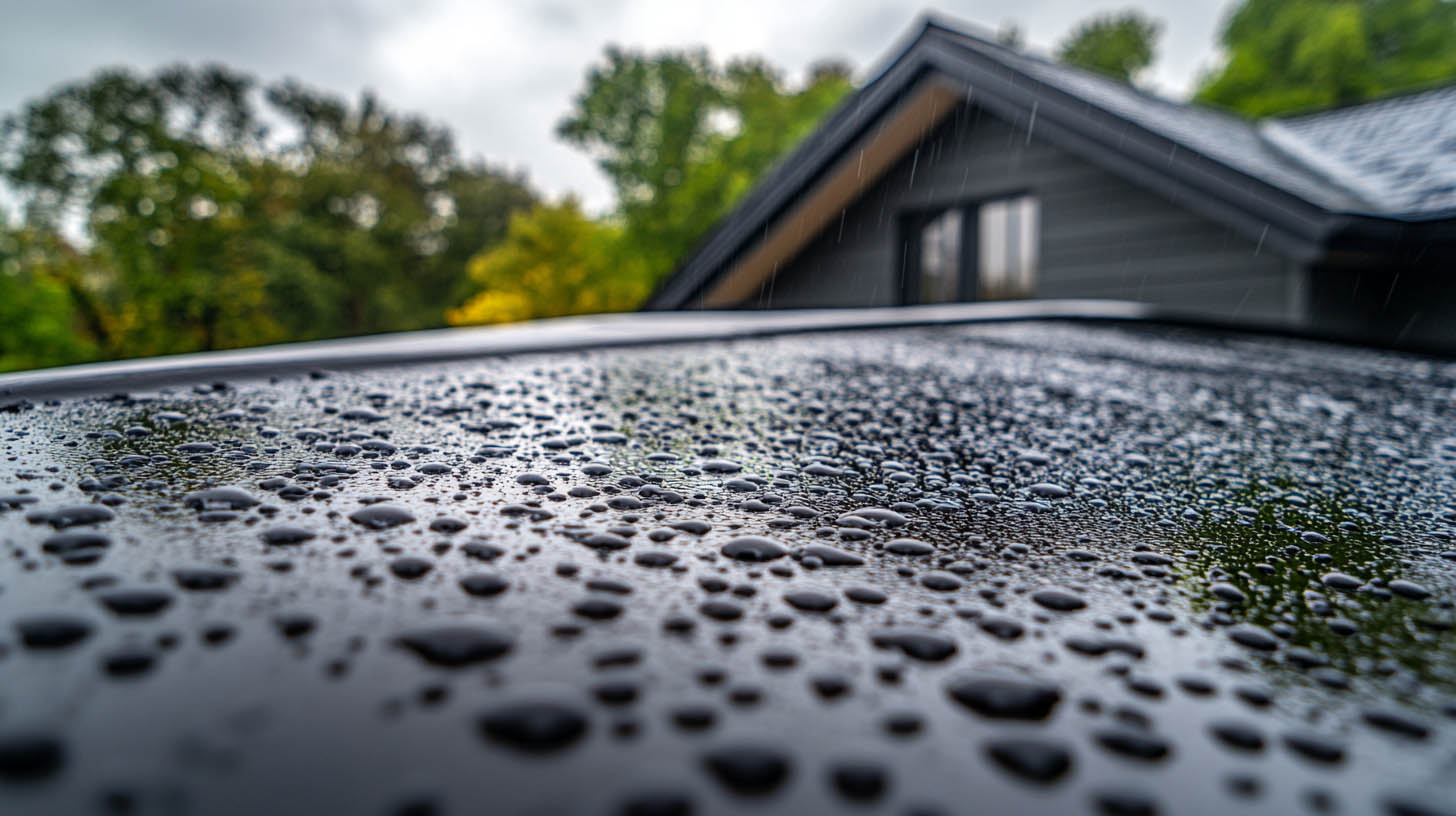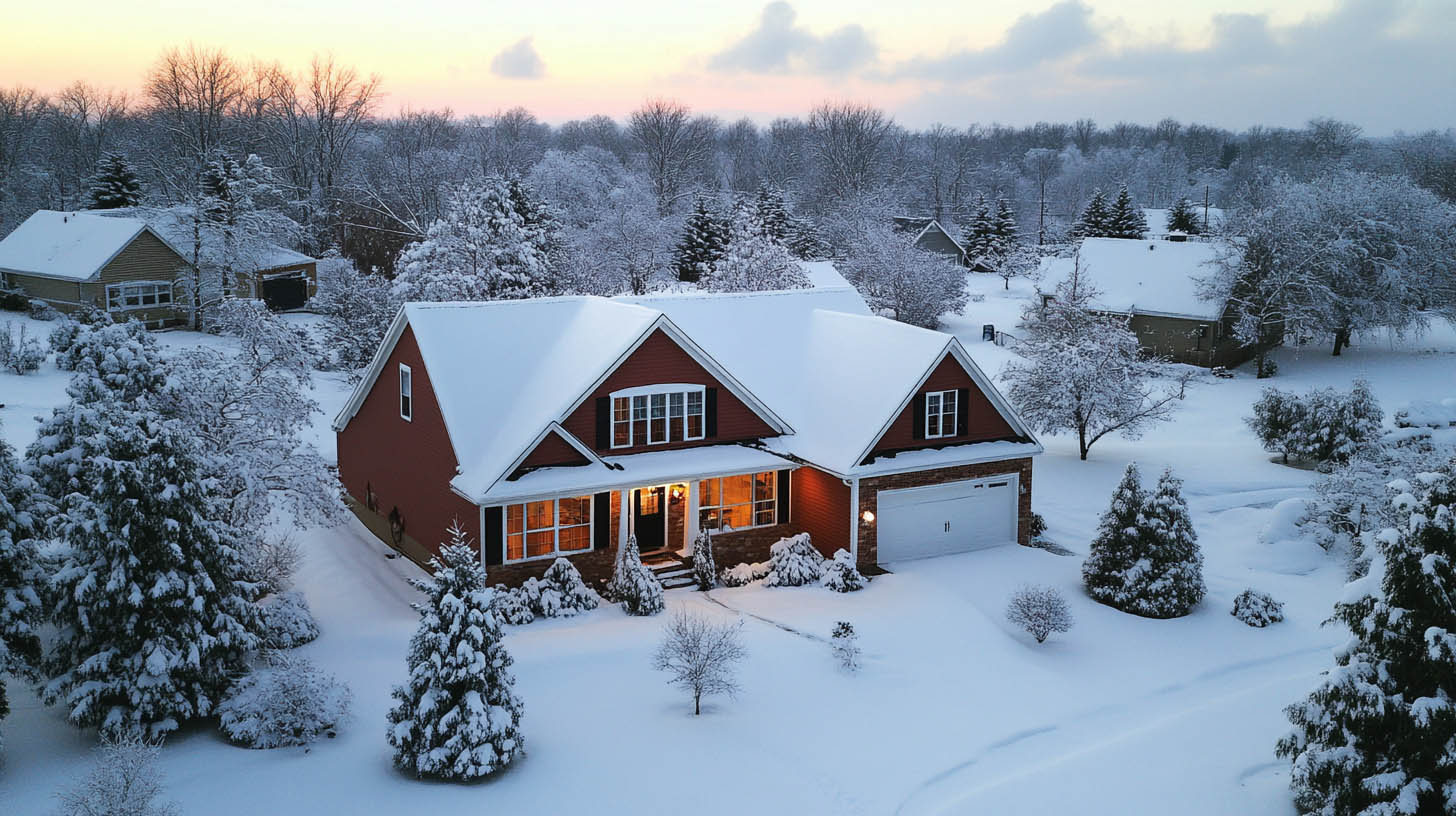Thermoplastic polyolefin (TPO) and polyvinyl chloride (PVC) are two popular types of single-ply roofing systems. Both are flexible and have fewer seams, making them suitable for flat and low-slope roofing applications. Here’s how to tell the difference between TPO and PVC roofing, along with their respective benefits and ideal use cases. United Contracting & Roofing LLC offers expert installation and maintenance of both TPO and PVC roofing systems.
PVC: Better Chemical Resistance
PVC has been used in the roofing industry for about twice as long as TPO. Its quality tends to be more uniform, although there are still variations in quality. PVC boasts robust chemical resistance, making it an excellent choice for industrial flat roofing applications or businesses that use chemicals, acids, or grease, such as restaurants. Additionally, PVC offers excellent fire resistance compared to TPO, making it suitable for environments where fire risk is a concern. These characteristics make PVC a reliable and durable option for commercial roofing in challenging industrial settings, where both chemical exposure and fire hazards are prevalent.
Key Benefits of PVC:
- Superior chemical resistance
- Better fire resistance
- Ideal for warmer climates
- Suitable for industrial applications and buildings handling cooking or food manufacturing
TPO: Greater Flexibility and Tear Resistance
Although built similarly to PVC, TPO roofing has different properties. TPO is not chemical resistant as PVC, making it unsuitable for industrial or manufacturing facilities that handle harsh acids, chemicals, or grease. However, TPO is a rubber-based roofing system, which generally makes it more tear-resistant than PVC. Additionally, TPO withstands colder temperatures better, meaning it will age more slowly than PVC in cold climates. This enhanced durability in cooler environments makes TPO an excellent choice for buildings located in regions with harsh winter conditions.
Key Benefits of TPO:
- Greater flexibility and tear resistance
- Better performance in colder climates
- Cost-effective alternative to PVC
- Suitable for buildings in cooler environments
Energy Efficiency and Durability
Both PVC and TPO roofing systems have similar lifespans, typically lasting around 20 years when properly installed and maintained. Both materials also have heat-reflective properties, making them effective cool roofing systems that help improve the energy efficiency of your building. This heat-reflective nature reduces heat absorption, lowering cooling costs and enhancing indoor comfort. Additionally, by reflecting sunlight, these roofs can prevent heat-related damage, thereby extending the material’s life and ensuring long-term durability and performance. This energy-efficient feature makes both PVC and TPO roofing excellent choices for sustainable and cost-effective commercial roofing solutions.
Similarities:
- Comparable lifespans (around 20 years)
- Heat-reflective properties
- Energy-efficient
- Suitable for cool roofing applications
Choosing the Right Material for Your Needs
The choice between TPO and PVC will depend on your specific needs, budget, and the environmental conditions your building faces. While PVC is better for chemical resistance and fire safety, TPO offers superior flexibility and tear resistance, making it suitable for different applications.
For expert guidance on selecting the best roofing material for your commercial building, contact United Contracting & Roofing LLC. If you want to know When to Replace the Roof on Your Cold Storage Facility, click here.

